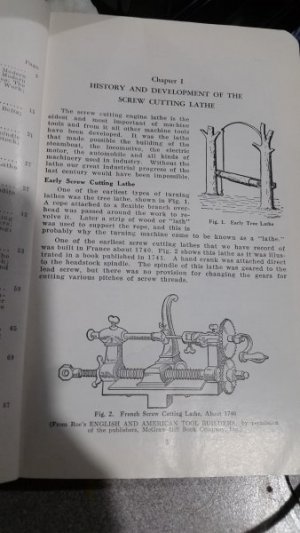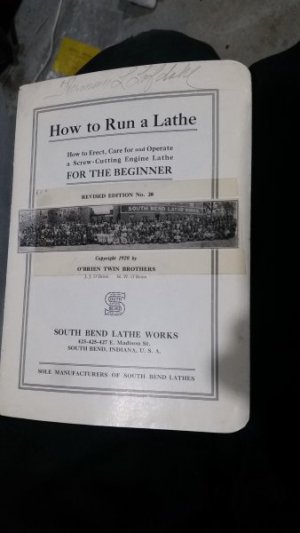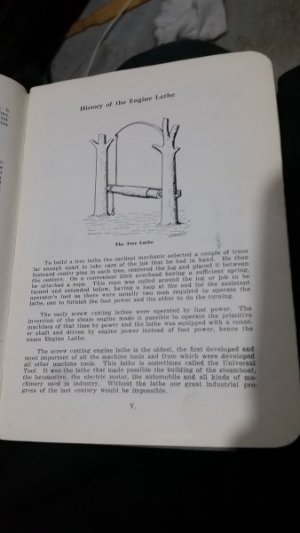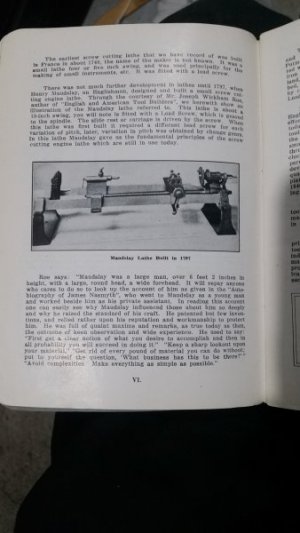I have this day job...executive of a specialty graduate school in the decorative arts. The fact that I have a lathe somehow got to one of our PhD students, a brilliant young woman who is researching intricate multi-layered ivory carving done on lathes in the 1600-1700s. Apparently the technology, probably clockmaking, was exported from the ornate world of French, German, and Dutch courts to China, where the ivory carving expertise was.
She's trying to learn how these things worked. I told her they looked like they were pedal-operated, with the pedals turning belts or strings that turned the wheels, and that the cutting was likely done as on wood lathes, where a chisel is supported by a bar and held against the spinning work to make particular cuts. I showed her videos on how traditional fountain pen making in India still works today, a miniature version of wood lathes powered by overhead belt assemblies.
But, the intricacy of these lathes is far greater than that, particularly in the first two pictures. You can well imagine the tailstock, headstock, main gearing, and workholding; but what are all the adjustments?
Does anyone here know of a text or detailed description of how these worked?
Are there any lathe historians among us?
Many thanks,
Tim
.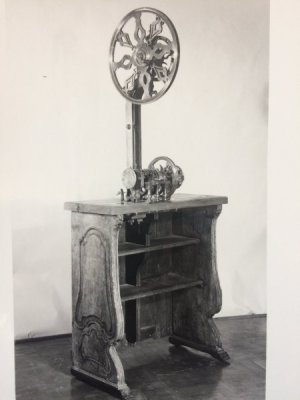
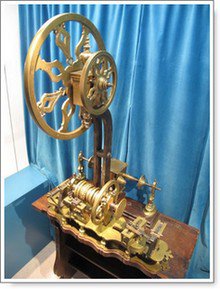
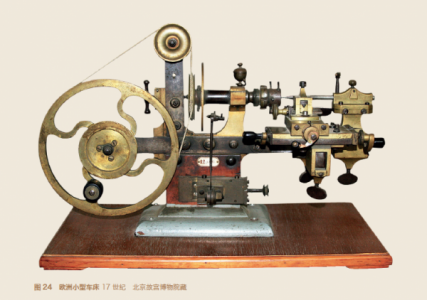
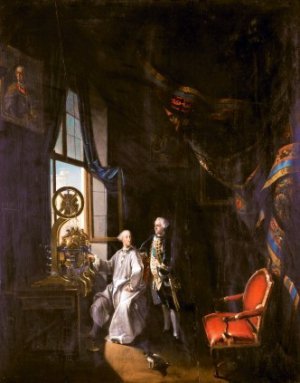
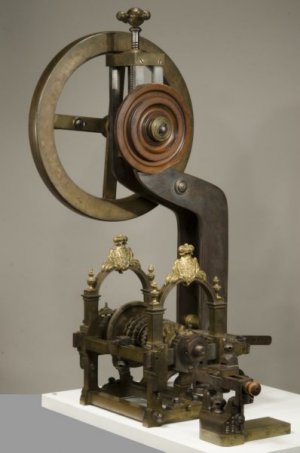
She's trying to learn how these things worked. I told her they looked like they were pedal-operated, with the pedals turning belts or strings that turned the wheels, and that the cutting was likely done as on wood lathes, where a chisel is supported by a bar and held against the spinning work to make particular cuts. I showed her videos on how traditional fountain pen making in India still works today, a miniature version of wood lathes powered by overhead belt assemblies.
But, the intricacy of these lathes is far greater than that, particularly in the first two pictures. You can well imagine the tailstock, headstock, main gearing, and workholding; but what are all the adjustments?
Does anyone here know of a text or detailed description of how these worked?
Are there any lathe historians among us?
Many thanks,
Tim
.






